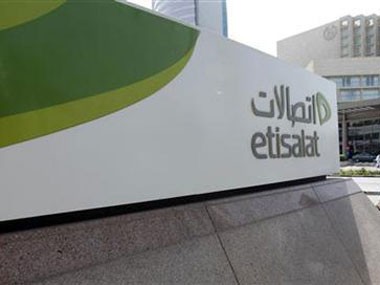The Micro, Small, and Medium Enterprise Development Agency (MSMEDA) has qualified 100 private associations and institutions to implement an agreement to address the roots of illegal immigration.
The agreement was signed with the European Union with a grant of €27m, aimed at reducing illegal immigration, particularly among young people.
This agreement will be activated in five of the 11 governorates covered by the agreement. The 11 governorates covered by the agreement are Luxor, Assiut, Minya, and Fayoum in Upper Egypt, and Beheira, Sharqeya, Daqahleya, Gharbeya, Qaliubiya, Menoufiya and Kafr El-Sheikh in Lower Egypt.
Minister of Trade and Industry and MSMEDA CEO, Nevine Gamea, emphasised the agency’s desire to make illegal immigration one of its priorities.
She added that the agency is looking to give young people practical alternatives and prepare them for the labour market through training and qualifications. This would provide them with a better future through establishing small- or micro-projects that provide them with the opportunities for stable work and good economic return.
She added that the agency will coordinate with governorates and the various stakeholders to implement the agreement’s components. This would take place whilst aiming for the best results to reduce illegal migration and provide a decent living for Egypt’s youth.
She added that the governorates in which the agreement will be implemented have been identified according to a National and Coordination Committee to Confront Illegal Immigration and Human Trafficking (NCCPIM and TIP) study.
Medhat Masoud, head of the Central Sector for Community and Human Development at MSMEDA, stressed the continuation of qualifying development partners.
Masoud said the agreement works through three development programmes and components to provide opportunities for youth employment.
The first component is for youth employment in projects to develop and improve infrastructure. The second will see youth employment in health and environmental awareness and literacy. The third component relies on training youth in crafts and industrial and manual skills that. The final component would see them qualify for self-employment through setting up small or micro-projects or develop their capabilities according to labour market requirements and improving their employment opportunities.







